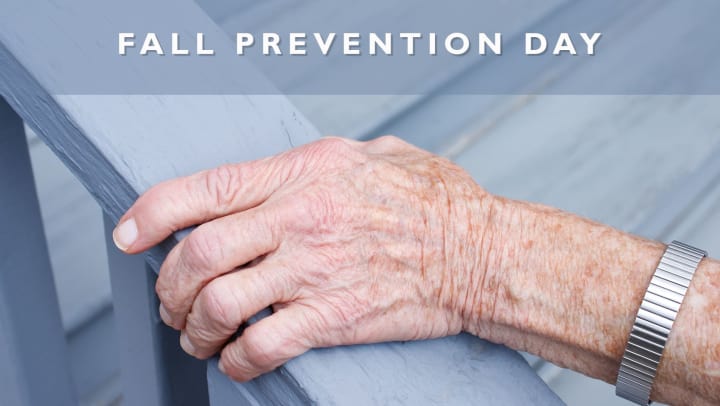We all know the risks and subsequent issues associated with falls among the elderly. But did you know that falls account for the sixth leading cause of death among seniors? Studies show that 30% of persons over the age of 65 fall each year, and that percentage increase to 40% for persons over the age of 80.
While falls often occur during acute illness or due to hazards in their environment (rugs, low lighting, exposed cords, etc.) the fact is there are a number of ways to reduce the risk for seniors – starting with an understanding how to best maintain balance and train reflexes. These two aspects are truly intertwined, since your ability to react with your feet (reflexes) helps you to recover your balance when an unexpected loss of stability occurs and ultimately keeps you from falling.
At some point in our life, we have stumbled, lost our balance, tripped, missed a step on the stairs, or even turned our head too quickly but not fallen. The fact is, no matter how you have lost your balance, well-trained reflexes have provided you with the ability to quickly respond, keeping your feet underneath you and your body upright. Unfortunately, as we age and without constant conditioning, this major component of fall preventions starts to deteriorate, and most aren’t taking the steps to maintain quick reflex responses. The hazardous result, an increased risk for falling when we stumble, trip or lose our balance.
That said, there are a number of ways we can train these two components. To help you quicken reflexes and better maintain your balance, consider practicing these exercises in a safe space with no tripping hazards and a counter top, wall and/or chair next you as a protection against falling.
Static Balance: Static exercises challenge your ability to maintain your balance. Standing with feet close together and arms at your side, check your balance simply by turning your head and looking around the room. Next try the same exercise but extend arms out to the sides and bring them around to fold across your chest. Still feeling sure-footed? Try again with your eyes closed. If you still need an increased challenge, stand with one foot forward and go through the same sequence. Make sure you have a counter or chair within reach to assist you should you feel off balance.
Dynamic Exercise: These exercises involve moving the body and increasing your ability to weight shift and move your feet quickly. For individuals who use a walker all day, start with feet wide and shift your weight from side to side. If you can, progress to stepping in place without holding on to anything. If you can, try to increase the speed of your steps as the faster you can move your feet will lead to faster reflexes. Remember, you want to retrain your body to prevent falls without the walker but this does not mean you are ready to go walker free. Before giving up any walking aid, please speak with your healthcare provider and have them assess your balance and walking.
For individuals not using a walker throughout the day, any exercise that has you moving your feet will be vitally important. Side stepping, stepping forward to backward, diagonal stepping, wide stance stepping are all good places to start. Think about your weight shifting and making the steps quicker. Remember, your ability to shift your weight from foot to foot will lead to quicker reflexes when trouble happens unexpectedly.
Today is a great day to start incorporating balance training into your everyday routines. To learn more about how you can work on improving your balance, visit the MBK Resident Enrichment Director in your community, or call to schedule a tour at one of MBK’s 34 locations. For a complete listing, visit MBKseniorliving.com.




